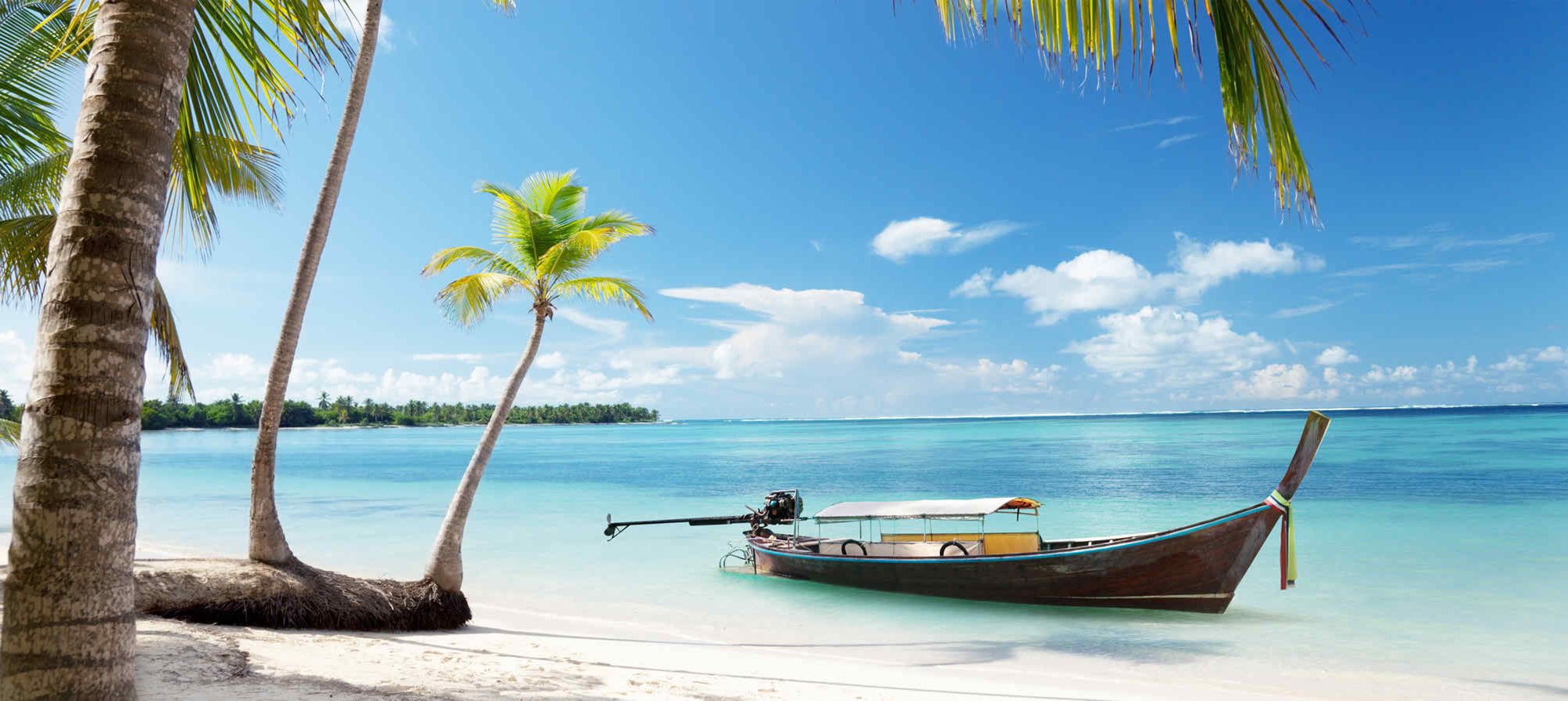Japan

10 Top Travel Destinations in Japan
Japan is considered one of the most renowned travel destinations in the world as it offers a distinctive blend of modern and traditional structures – with lots of buildings and temples from the past co-existing with modern achievements in technology and architecture. Visitors can enjoy learning Japanese history and culture and capture a glimpse of the future through technological developments. Almost all its historical sites are still used for their original purposes and are also open to the public. The natural beauty of Japan can be experienced all year round. In fact, Japan offers one of the world’s lowest crime rates which makes it ideal for tourists.
Fukuoka’s Castle and Ancient Festivals
One of the highlights when visiting Fukuoka is to see the surviving examples of the once abundant and regal homes of the Shoguns and city rulers. One can definitely be impressed by the magnificent castle overlooking the Naka River. The city, which offers modern tourist attractions such as the Canal City Hakata, is also popular for many of its festivals and events.
The Atsuta Shrine, Nagoya
It has been one of the leading centres of worship in Japan especially at ancient times. Millions of visitors go to the shrine annually, including those who practice the conventional New Year visits. The enshrined deity serves as the sacred sword, which is one of the three sacred treasures symbolizing the Imperial throne.
Chubu-Sangaku National Park and the Japanese Alps
Chubu-Sangaku National Park and the Japanese Alps is one of the country’s most striking parks in the center of Honshu. It combines the central and northern regions of a group of mountains referred to as the Japanese Alps or Hida Mountains. The region has few of the highest peaks of the country that offers a character in its landscape and abundance of snow during winter, just like the European Alps.
Osaka
Osaka is a major business travel destination and the second largest city in Japan. It’s home to countless major international companies. However, aside from business, Osakan culture is heavily focused on food. In fact, many lovers of Japanese cuisine view this city as the capital for affordable dining spree.
Nara
Nara is actually the very first capital of Japan long before Kyoto. Although Nara era was less than 80 years long, the city is a cradle of the fundamentals of Japanese tradition. In spite of the obvious Chinese influence in architecture, UNESCO designated the city’s landmarks as World Heritage Sites.
The Island Shrine of Itsukushima
You can take a ferry boat from mainland Hiroshima to the island of Miyajima. The island is also known as the country’s Shrine Island, or the home of the Itsukushima Shrine. It dates back from the eighth century with the shrine’s structures rising out of the waters on a small bay supported only by piles. At high tide, the effect is very impressive, making the buildings appear as if they were floating on water.
Historic Kyoto
The ancient capital of Kyoto is the most popular destination for foreign visitors in Japan. The city embraces Japanese traditions including centuries-old temples, teahouses, ryokans, geisha, and more, all well maintained according to authentic traditions of the city.
Hiroshima Peace Memorial Park
The Hiroshima Peace Memorial is a haunting tribute to the lives lost when the atomic bomb was dropped in Hiroshima on August 6, 1945. Set in a park, the memorial features the Genbaku Dome, the only building left standing in the vicinity after the bomb was dropped. It is a cruel reminder after the World Wars to remind visitors how important human life is and the memory of the victims so they will never be forgotten.
Tokyo Imperial Palace
Tokyo Imperial Palace, which is home to the Emperor of Japan, is also an administration centre and museum which features Japanese history and art. The palace stands among ruins of older castles that were damaged from fire or war. Architects have honoured the past by combining design elements of varied eras into the modern palace. The new palace is now enclosed with conventional Japanese gardens. It offers many function rooms and receptions for guests and to welcome the public.
Mount Fuji
Mount Fuji is Japan’s highest mountain rising about 3,776 metres. Unsurprisingly, the nearly perfectly shaped volcano is worshipped as a sacred mountain and has experienced a huge popularity among artists and common people over the centuries. An easy way to view Mount Fuji is from a train on your trip between Osaka and Tokyo.
































